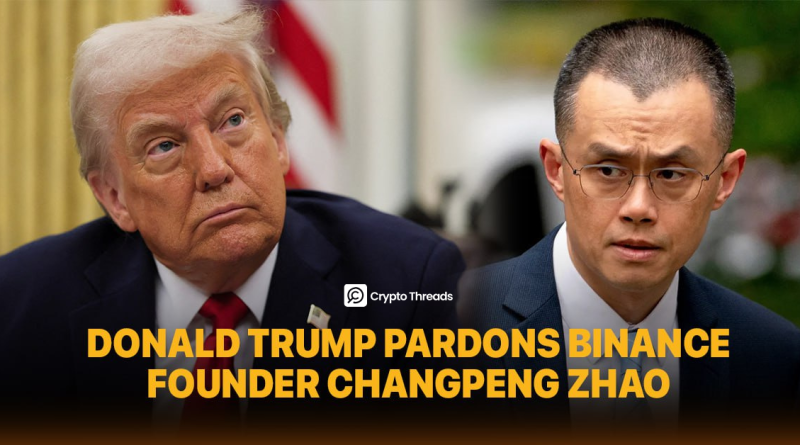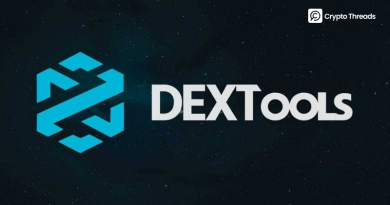Trump Pardons CZ: Power, Money, and the New Crypto Order
Key Takeaways:
- Trump pardons CZ signaled a historic pivot in U.S. crypto policy, turning regulation into political strategy.
- Binance emerged stronger from legal turmoil, proving the market’s trust in structure over speculation.
- The decision exposed deep links between political power, financial influence, and digital innovation.
- Crypto’s next chapter will hinge on whether the industry can grow through transparency rather than political favor.
On October 23, 2025, President Donald Trump pardons Changpeng Zhao (CZ), founder of Binance. The decision ended one of the most controversial cases in crypto history and underscored Trump’s goal of turning America into the global center of digital finance. Thirteen months earlier, CZ had pleaded guilty to violating the Bank Secrecy Act and was sentenced to four months in prison. His pardon exposed a network of financial influence, political lobbying, and shifting power in Washington’s approach to cryptocurrency.
The announcement ignited strong debate. The crypto community celebrated it as long-awaited justice. Critics, led by Senator Elizabeth Warren, condemned it as corruption, claiming it was a political favor exchanged for loyalty and money. They pointed to the $450,000 Binance spent on lobbying and the Trump family’s $4.5 billion in crypto-linked gains. This article has grown far beyond CZ’s personal story, it now represents the deeper struggle between innovation and regulation in the digital age.
CZ’s Legal Journey – From Peak to Prison
Changpeng Zhao’s downfall marked a defining moment for the global crypto industry. Once seen as an untouchable figure at the top of Binance’s empire, he became the first major crypto leader to face prison time in the United States. His case exposed deep flaws in compliance, tested the limits of global regulation, and reshaped how the world viewed accountability in digital finance.
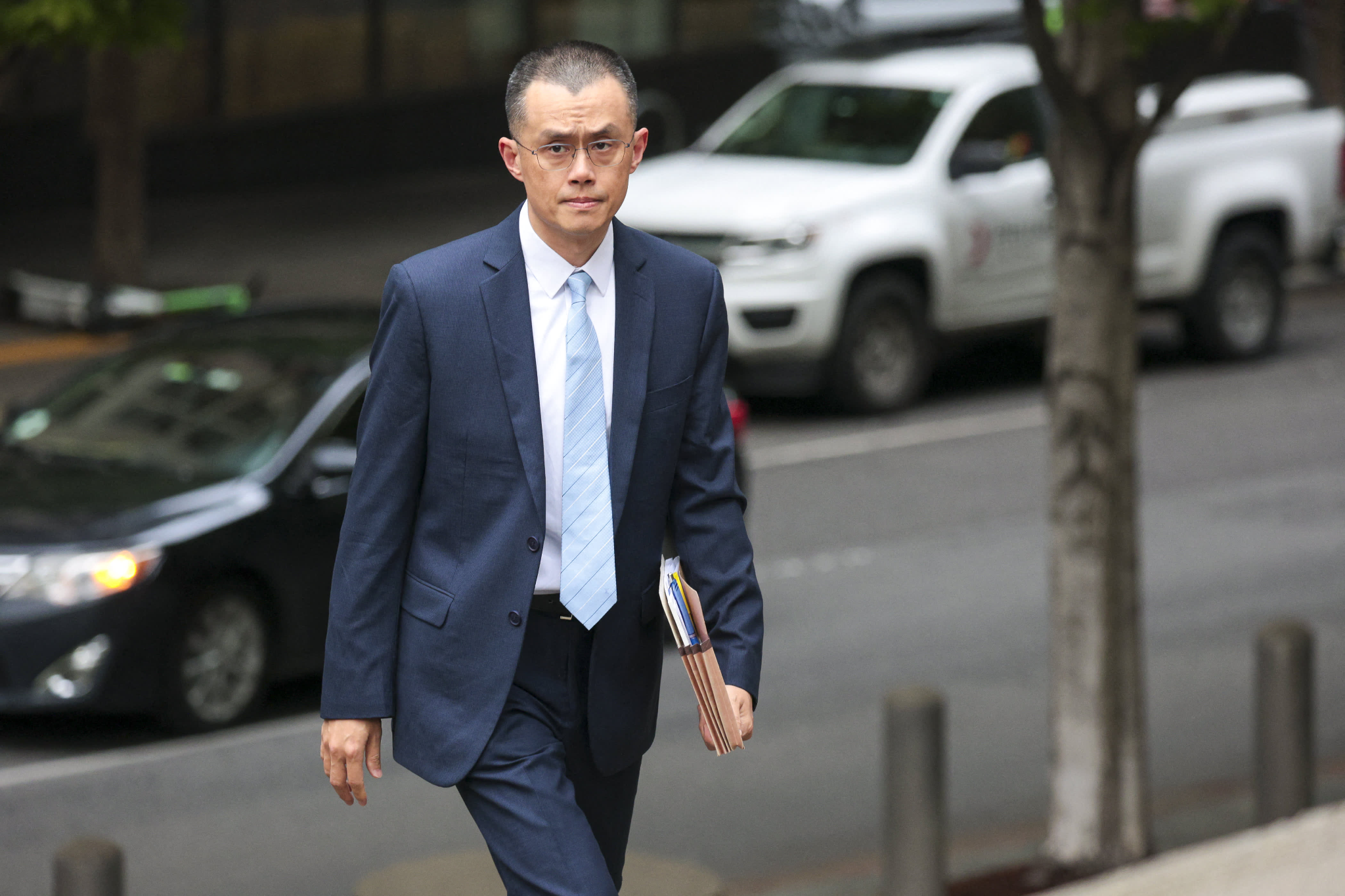
How It All Started: The Case That Shook Crypto Regulation
On November 21, 2023, Changpeng Zhao pleaded guilty to violating the Bank Secrecy Act for failing to maintain an effective anti–money laundering program at Binance. It was the first time a crypto founder faced prison for this charge, marking a turning point in the industry’s legal history.
The Allegations
The U.S. Department of Justice accused Binance of processing trillions of dollars in transactions from American users without proper oversight. Between 2017 and 2022, investigators uncovered $898 million in payments involving U.S. users and Iran, breaching international sanctions. Binance also failed to submit Suspicious Activity Reports to FinCEN and allowed more than 100,000 questionable transactions linked to terrorism, ransomware, and darknet markets.
Inside the Trial
Evidence presented in court revealed a culture of risk-taking within Binance. One compliance staff member joked, “We need a banner saying: drug money laundering is too hard nowadays, come to Binance, we have cookies for you.” CZ encouraged employees to help VIP clients bypass restrictions through VPNs and often repeated his mantra, “Better to ask for forgiveness than permission.”
The Sentence
On April 30, 2024, Judge Richard Jones sentenced CZ to four months in federal prison. The Department of Justice had sought a three-year term, but the judge noted CZ’s cooperation and voluntary return from the UAE. He reminded CZ that leadership comes with responsibility, saying, “Running the world’s largest crypto exchange doesn’t mean you can choose which laws to follow.”
Time Behind Bars
CZ served his sentence at Federal Prison Camp Lompoc II in California from May to September 2024 before being transferred to a halfway house in Long Beach. He was released on September 27, two days earlier than scheduled. Later, CZ said the hardest part was losing human connection: family, friends, and the Binance community. Even prison guards, he recalled, asked him for crypto investment tips.
The Price Binance Paid
Binance faced massive penalties. The company agreed to pay $4.3 billion, one of the largest fines in U.S. corporate history. This included $2.5 billion in forfeiture and $1.8 billion in criminal penalties to the Department of Justice, along with separate payments to FinCEN and OFAC. CZ personally paid a $50 million fine. The settlement forced Binance to withdraw from the U.S. market, appoint an independent compliance monitor for several years, and rebuild its internal compliance structure from the ground up.
The Trump Administration: From “Crypto War” to “Crypto Paradise”
When Donald Trump began his second term in January 2025, he brought a vision that upended America’s approach to cryptocurrency. The shift from Biden’s era of restriction to Trump’s era of promotion marked one of the most dramatic policy reversals in modern U.S. history.
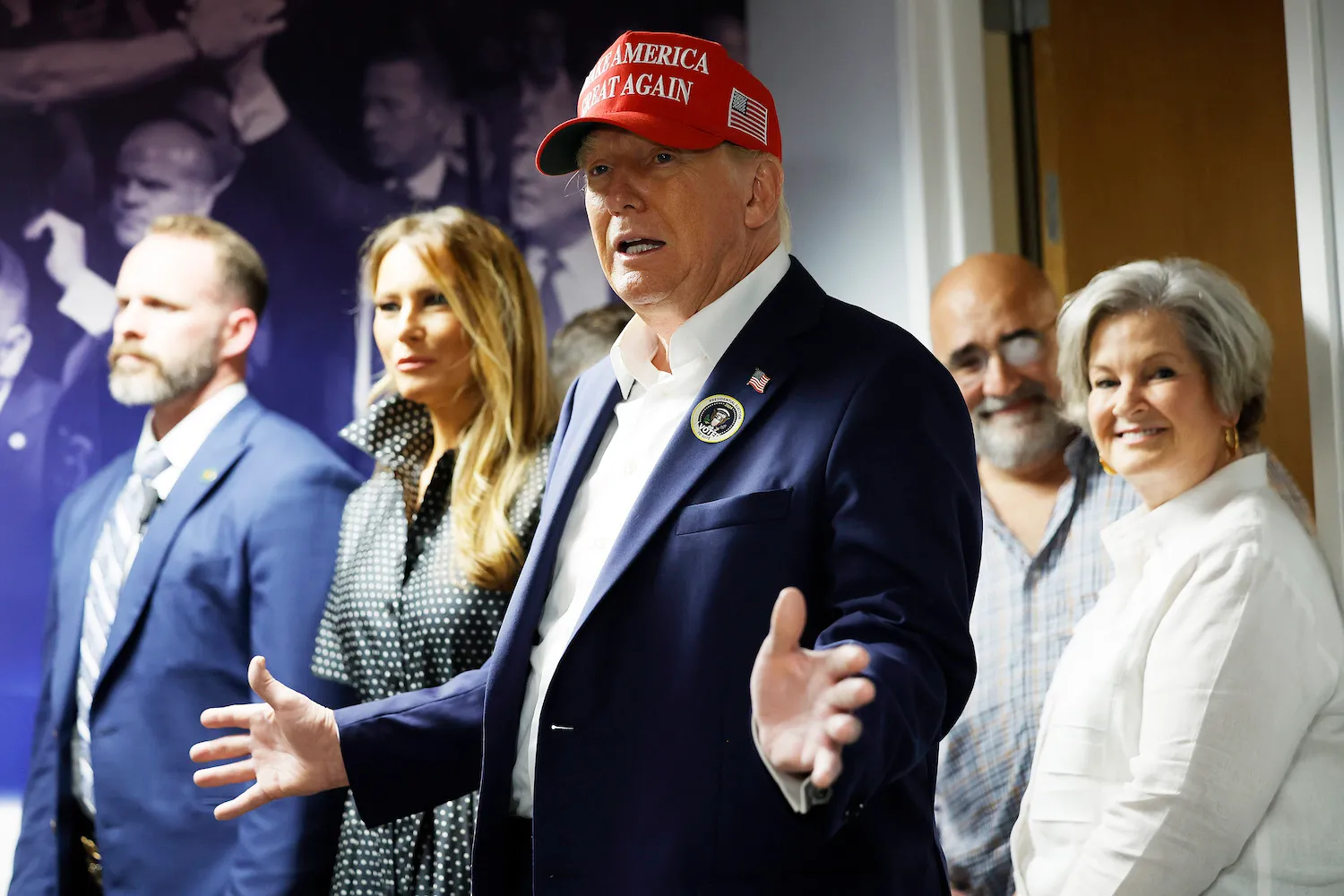
A New Crypto Agenda
Throughout the 2024 campaign, Trump made digital assets a cornerstone of his message. At the Libertarian National Convention in May and the Bitcoin Nashville Conference in July, he promised to “fire Gary Gensler on day one,” referring to the SEC Chairman long viewed as crypto’s chief opponent. He also pledged to establish a national Bitcoin reserve holding every coin the U.S. government owned or acquired. “I will never allow the creation of a central bank digital currency,” Trump declared. “And I will end Joe Biden’s crusade to crush crypto.”
Early Actions and Symbolic Pardons
Trump wasted no time proving his intent. On January 21, 2025, only two days after taking office, he pardoned Ross Ulbricht, the Silk Road founder serving a life sentence. “I just called the mother of Ross William Ulbricht,” Trump said, “to let her know that in honor of her and the Libertarian Movement, who have been such strong supporters of mine, I am pleased to sign a full and unconditional pardon of her son.” The move cemented his reputation as the first U.S. president to openly align with the crypto-libertarian base.
Executive Orders and Policy Overhaul
Two days later, Trump signed the executive order “Strengthening American Leadership in Digital Financial Technology.” The order repealed Biden’s earlier directive and banned federal agencies from developing central bank digital currencies. It also created the Presidential Working Group on Digital Asset Markets, led by tech investor David Sacks, soon known in Washington as the “AI and Crypto Czar.”
Experts at National Law Review and Grant Thornton praised the move for creating a predictable environment for institutional participation. They noted that it replaced years of “regulation by enforcement” with clear legal frameworks. WilmerHale observed that agencies were “reducing barriers to entry” and “building regulatory clarity” to encourage responsible growth.
Building a National Crypto Infrastructure
Momentum accelerated in March 2025, when Trump announced the Strategic Bitcoin Reserve, consolidating more than 207,000 BTC, worth about $17 billion, from criminal forfeitures. In July, he signed the GENIUS Act, the first federal law establishing a framework for stablecoins.
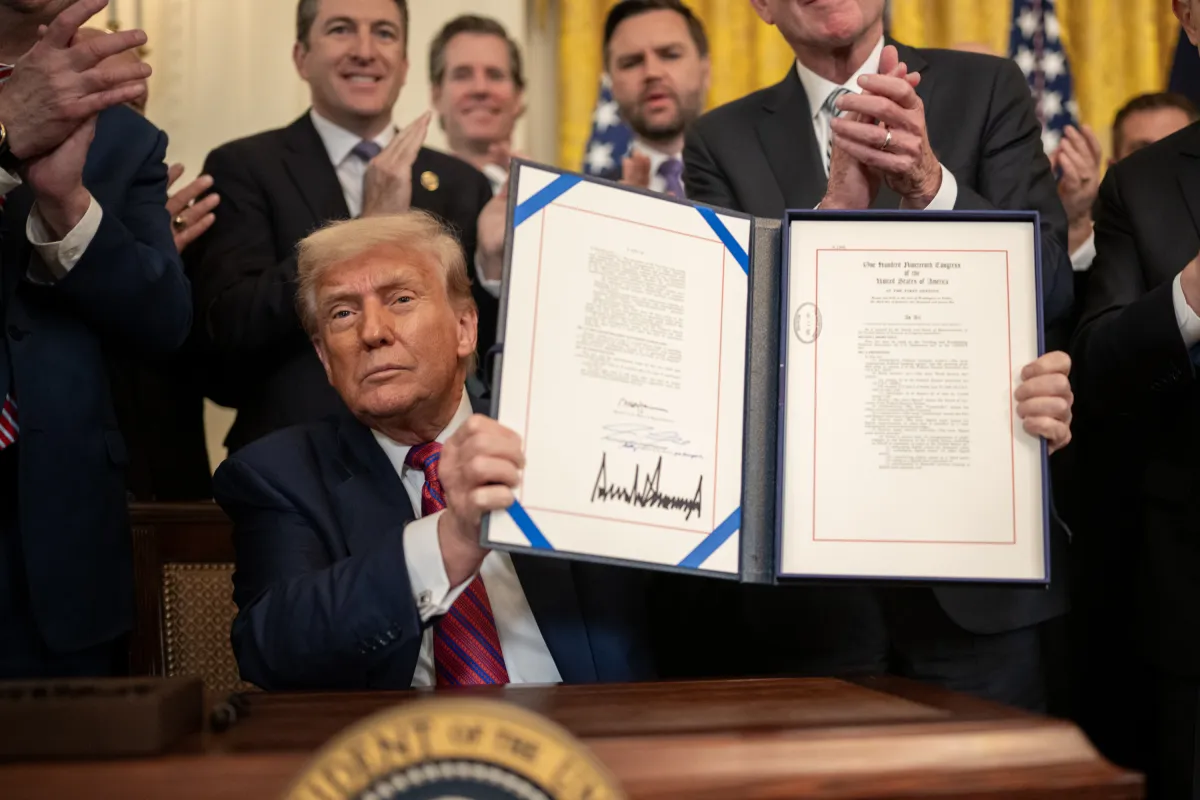
Trump’s personnel choices reinforced his new direction. Scott Bessent, a long-time blockchain advocate, became Treasury Secretary and told reporters that “everything is on the table with Bitcoin.” Hester Peirce, widely known as “Crypto Mom,” was appointed to head the SEC’s Crypto Task Force. Banking regulators began exploring blockchain-based payment systems as tools for innovation rather than threats to stability.
The Market Response
By May 2025, optimism spread across the industry. Faryar Shirzad, Coinbase’s Chief Policy Officer, said the new administration had “ended regulatory crackdowns on crypto and worked with Congress to provide clarity.” He added that the scope of the administration’s ambition “went far beyond expectations,” as it sought to integrate blockchain technology into the broader financial system.
Trump’s second term turned Washington from a battlefield for crypto regulation into fertile ground for digital innovation. What began as a campaign promise had quickly evolved into a nationwide shift in financial policy, one that reshaped how America leads the global crypto economy.
The Pardon Decision: Intersection of Politics and Interests
The pardon of Changpeng Zhao surprised few who had followed the growing ties between the crypto industry and the Trump administration. Since declaring his re-election campaign in early 2023, Trump had positioned himself as a champion of digital assets. During that same period, Binance spent $450,000 on lobbying, a modest amount compared with the potential influence it could bring.
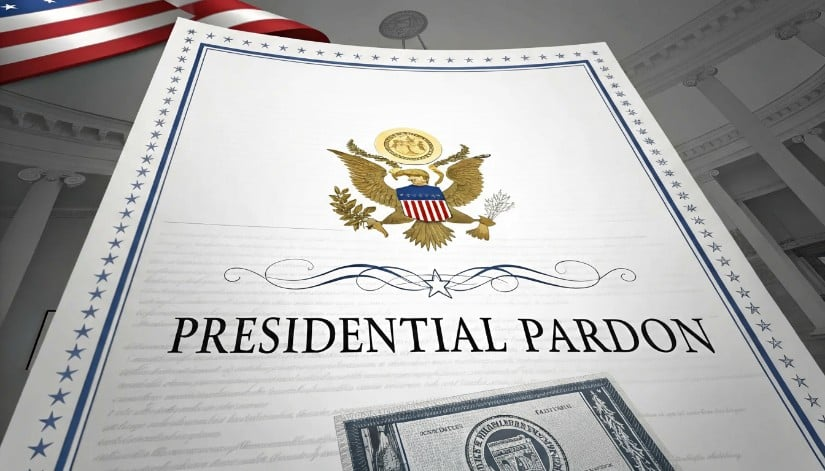
Money, Power, and Influence: The Network Behind the Pardon
Behind the scenes, the Trump family cultivated a wide network of crypto-related ventures. One major initiative, World Liberty Financial, reportedly worked directly with Binance and created about $4.5 billion in paper wealth for the Trump family. Trump Media & Technology Group also embraced blockchain features, while Truth Social frequently promoted tokens carrying the Trump name.
The connection grew even stronger when Trump and First Lady Melania introduced their own digital coins shortly before his return to the White House. The release made Trump the first American president to issue blockchain-based NFTs, blending politics, personal branding, and new technology in a single move.
The timing of CZ’s pardon carried clear intent. It came soon after Trump finalized his cabinet and set the tone for his pro-crypto agenda. Freeing one of the industry’s most influential figures signaled that his administration aimed to turn the United States into the global center of digital finance.
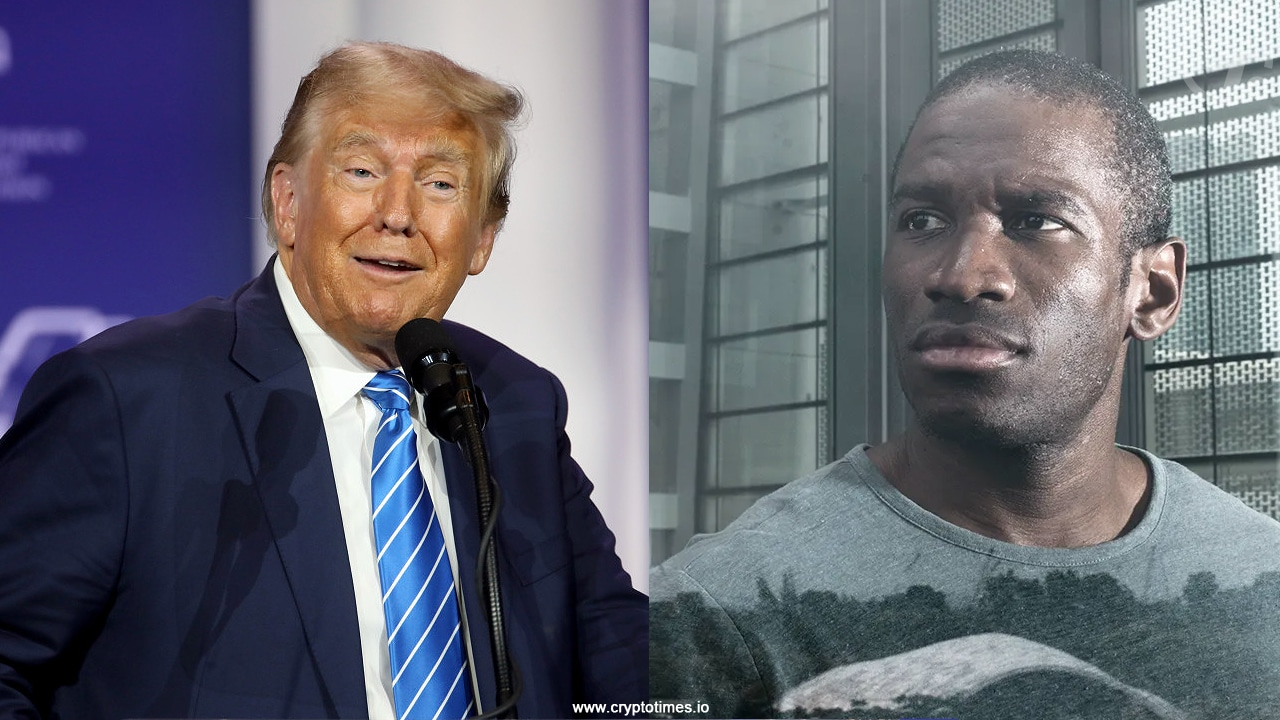
This pardon also reflected a broader trend. In March 2025, Trump granted clemency to the three BitMEX co-founders, who faced the same legal charge as CZ. He later extended pardons to several high-profile white-collar offenders, including Trevor Milton of Nikola, the Chrisleys for bank fraud, and George Santos for wire fraud.
Many critics viewed these actions as politically driven. Representative Jamie Raskin commented that the new pattern of pardons seemed based on absolute loyalty to Trump, generous contributions to his political network, and participation in actions that reinforced his power.
CZ’s pardon was more than an act of mercy. It marked a turning point where politics, money, and technology collided, revealing how power in Washington now shapes the future of America’s crypto empire.
The Meaning Behind the CZ Pardon
The Changpeng Zhao case marks a turning point in how the United States confronts the collision between innovation, regulation, and political power. Between his conviction in 2023 and pardon in 2025, CZ’s journey revealed how far justice can bend when technology challenges authority. What began as a legal battle became a mirror reflecting the struggle between freedom, control, and influence in modern finance.
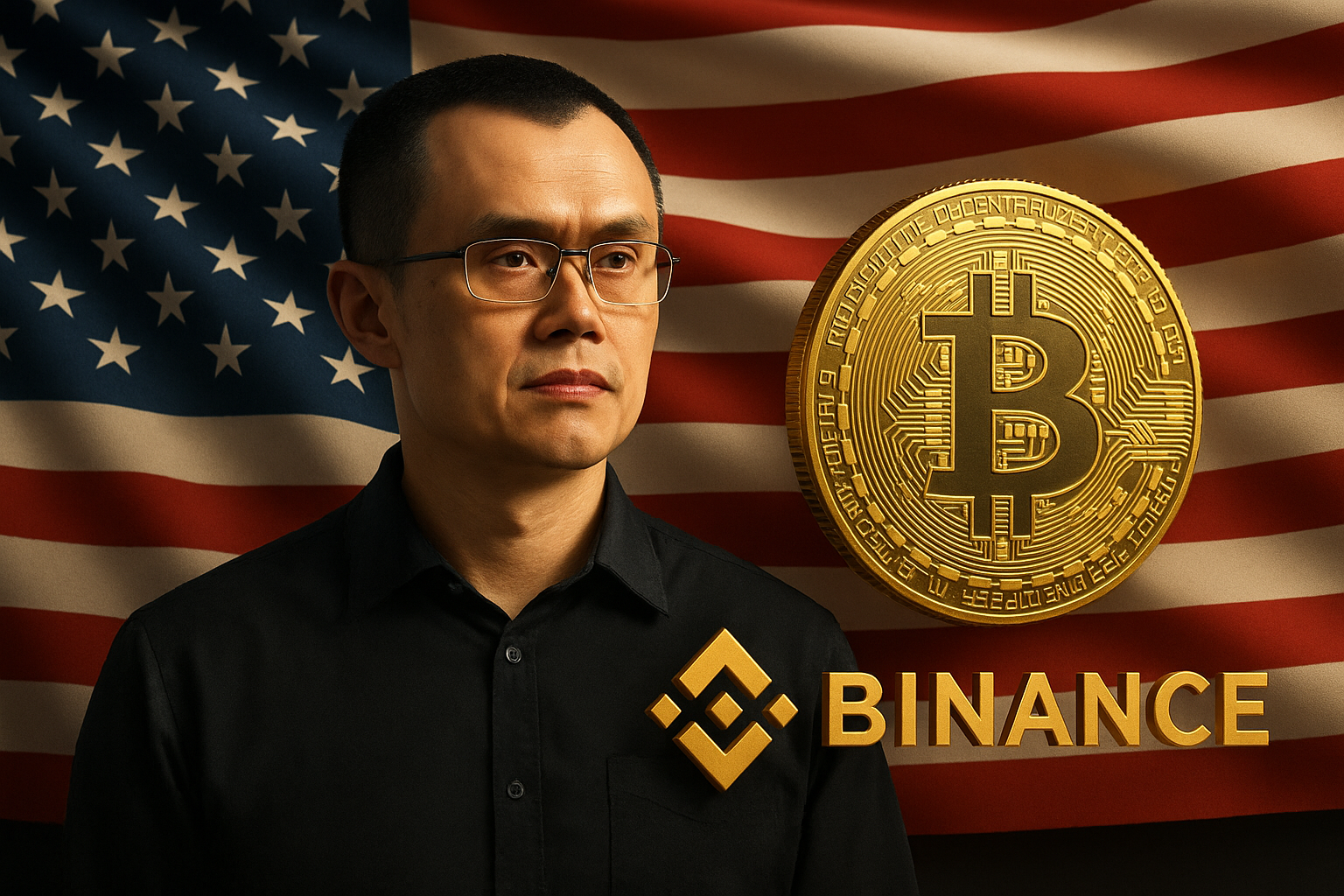
1. Crime, Consequence, and Perception
CZ’s errors stemmed from weak oversight rather than deception. His compliance lapses were serious but never reached the scale of direct fraud that brought down FTX and destroyed investor trust. The market recognized this difference. Binance stabilized, while FTX vanished in chaos. The crypto community rallied behind CZ, turning #FreeCZ into a movement against what many saw as excessive punishment. His imprisonment for violating the Bank Secrecy Act exposed how outdated rules strain under the weight of a new digital economy.
2. Politics and Power in Motion
Money, policy, and influence shaped the outcome as much as the courts did. Binance’s lobbying and its connections to Trump-linked projects showed how economic power now overlaps with political ambition. Trump’s shift from calling Bitcoin a “scam” to embracing it as part of America’s strategic advantage wasn’t philosophical; it was practical. His administration reframed crypto from an outsider movement into a tool of policy and national image.
Financial institutions quickly followed the signal. Goldman Sachs expanded its Bitcoin ETF holdings to more than 1.4 billion dollars. JPMorgan and BlackRock advanced blockchain projects that turned tokenization from theory into business strategy. Institutional trust began replacing skepticism. Andy Baehr of Coindesk Indices observed that traditional investors, the “five percenters”, now allocate part of their portfolios to crypto, a subtle but powerful sign of normalization.
3. The Cost of Influence
The pardon also raised uncomfortable questions about fairness and integrity. A president whose family profited from crypto-linked ventures granting clemency to Binance’s founder blurred the line between governance and personal gain. Senator Elizabeth Warren warned it “sets a dangerous precedent” by rewarding proximity to power. The decision brought short-term optimism but long-term risks for both the administration and the credibility of the industry it championed.
The Road Ahead
Despite controversy, optimism still runs high. CZ believes Bitcoin could reach between 500,000 and 1 million dollars in this market cycle, driven by institutional demand and broader adoption. Standard Chartered projects a price of 200,000 dollars, while Bernstein expects the bull run to extend into 2026. Binance continues to command close to 40% of global trading volume and serves more than 280 million users. Yet a question lingers: can an industry thrive on political backing without compromising independence?
The answer may lie in shifting generational wealth. Over 84 trillion dollars will move from Baby Boomers to Millennials and Gen Z in the next two decades. These generations, fluent in technology and more comfortable with digital assets, could drive a cultural transformation that pushes crypto forward regardless of politics.
Binance Stands Strong Despite Legal Storms
Resilience Under Fire: How Binance Survived the Legal Storm
Binance’s recovery after months of legal turmoil stands as one of the most striking stories in modern finance. While FTX collapsed within days of its founder’s arrest, Binance remained stable and even grew stronger. The company’s resilience came from solid liquidity, the absence of fraud, and steady leadership following CZ’s conviction.

Institutional Confidence
As legal proceedings continued, institutional confidence in crypto, especially in Binance, rose sharply. Goldman Sachs, once a vocal skeptic of digital assets, shifted its stance and expanded its holdings in BlackRock’s iShares Bitcoin Trust to 30.8 million shares worth over 1.4 billion dollars, an increase of 28% in a single quarter. The move made Goldman the largest institutional holder of the world’s leading Bitcoin ETF.
This shift reflected a broader transformation. JPMorgan stayed cautious, with analysts noting that future capital inflows would depend on regulatory clarity and how easily crypto could integrate into traditional finance. Standard Chartered projected Bitcoin could reach 200,000 dollars by the end of 2025. Bernstein went further, predicting the bull run could extend into 2026, driven by institutional investment rather than retail speculation.
Another major trend reshaping the industry is real-world asset tokenization. Financial giants such as JPMorgan, Goldman Sachs, and BlackRock are investing heavily in blockchain infrastructure to digitize tangible assets. Analysts expect the market to expand at an annual rate of over 43% and reach 5.25 trillion dollars by 2029. Traditional finance is no longer observing from a distance; it is actively constructing the foundation of digital finance.
Binance’s Comeback
Inside Binance, operations stayed strong. The exchange held nearly 40% of the global market and surpassed 280 million users. Revenue remained stable through trading, staking, and derivatives. Under CEO Richard Teng, the company launched extensive compliance reforms, strengthened KYC and AML systems, and improved cooperation with regulators worldwide.
CZ still owns about 90% of Binance. After his release, he turned his attention to new ventures through YZi Labs, a family office managing around 10 billion dollars in crypto assets, and Giggle Academy, an online education platform. His focus has shifted from daily operations to building the next wave of innovation in digital finance.
What’s Next: Two Future Scenarios for CZ and the Crypto Industry
Trump’s pardon of Changpeng Zhao on October 23, 2025, marked a defining moment for both his life and the global crypto market. It wiped away his criminal record and reignited debate over the boundaries between power, money, and innovation. The decision reshaped CZ’s future while signaling a deeper shift in how politics now steers the digital asset world.
CZ’s Comeback and Expanding Influence
The pardon opened a new chapter for CZ, granting him freedom to reengage with the industry, though some legal conditions still apply. The earlier settlement prohibited him from taking an executive position at Binance, and it remains unclear whether this restriction still stands. CEO Richard Teng has made it clear that CZ has no intention of returning to management.
Even without a formal role, CZ remains one of the most influential figures in global finance. Owning about 90% of Binance, he continues to rank among the world’s richest individuals, with estimates ranging from 43 to 75 billion dollars. When Forbes placed his net worth at 87 billion, he dismissed the number, saying, “I don’t believe this is accurate. I also don’t think it matters. What matters is how many people we can help, and by how much.”
Beyond Binance: CZ’s Second Act in the Crypto World
Since leaving prison, CZ has redirected his energy toward long-term projects. Through Giggle Academy, an education platform, and YZi Labs, a family office managing nearly 10 billion dollars in digital assets, he has transitioned from operator to investor. YZi Labs’ first move after rebranding was a 16-million-dollar investment in Sign, a token airdrop platform launched in early 2025.
He has also become a strong voice of optimism for Bitcoin’s future. In recent interviews, he projected that Bitcoin could rise between 500,000 and 1 million dollars this cycle, driven by institutional ETF demand and state-level accumulation. He describes 2025 as a “send-it year,” a phrase traders use when markets surge. His message stays simple and consistent: “You need Bitcoin more than Bitcoin needs you.”
The market quickly responded to the pardon. BNB climbed more than 4% to a record 1,138 dollars, while ASTER, a token supported by YZi Labs, rose 8%. Binance publicly thanked President Trump for “his leadership and commitment to making America the crypto capital of the world.”
For Binance, the pardon cleared uncertainty but did not remove compliance obligations. The exchange must still follow its settlement terms, exit the U.S. market, and remain under external monitoring for several years. Observers believe a crypto-friendly administration could smooth the path forward, though the White House has redirected related questions to the Treasury and Commerce Departments.
The Industry’s Turning Point
Beyond Binance, the pardon sent ripples through the entire crypto ecosystem. It reinforced Washington’s pro-crypto direction but also fueled criticism about influence and fairness. Faryar Shirzad of Coinbase noted that the administration had “gone further than anyone expected” by integrating blockchain into the financial system. The GENIUS Act, passed in mid-2025, gave stablecoins a clear legal foundation and opened the door for broader institutional participation.
Demographic change is adding even more momentum. Hamilton Financial estimates that more than 84 trillion dollars will shift from Baby Boomers to Millennials and Gen Z over the next two decades. These younger generations, far more comfortable with digital technology, continue to shape the next wave of crypto adoption.
Still, the pardon reignited questions about accountability. Senator Elizabeth Warren warned that it “sets a dangerous precedent” by excusing financial misconduct tied to political alliances. Lawmakers fear this could stall cooperation on upcoming crypto legislation, deepening divisions in Congress.
The crypto sector now stands at a crossroads. After years of enforcement-heavy policy, it finally has open access to decision-makers. Yet its close relationship with a polarizing administration could damage credibility in the long run. Analysts also caution that a strong U.S. dollar may slow the bull market’s pace, predicting a potential cooldown in the coming months. The midterm elections in 2026 and the presidential race in 2028 will determine whether this pro-crypto environment lasts.
Speculation around future pardons continues to swirl. Some wonder if Sam Bankman-Fried could receive the same treatment, though most see it as unlikely. His direct fraud, theft of customer funds, and lies under oath have made his case far more severe.
Trump pardons CZ was more than a political gesture. It marked a moment when power, money, and technology merged to redefine influence in digital finance. The consequences of that decision will shape both CZ’s legacy and the future of an industry learning to navigate between freedom and control.
Conclusion
The CZ story captures both the triumph and the tension of crypto’s rise. The industry has won major victories with the GENIUS Act, the creation of a Strategic Bitcoin Reserve, and the end of aggressive enforcement policies. Yet its proximity to political power exposes a new vulnerability. Influence can build momentum, but it can also erode trust.
CZ’s promise to “make America the crypto capital” still resonates, but the question now runs deeper. Will crypto’s future be built on innovation and transparency, or on political alliances that come with a price? The answer will decide not only CZ’s legacy but the direction of digital finance for decades to come.
